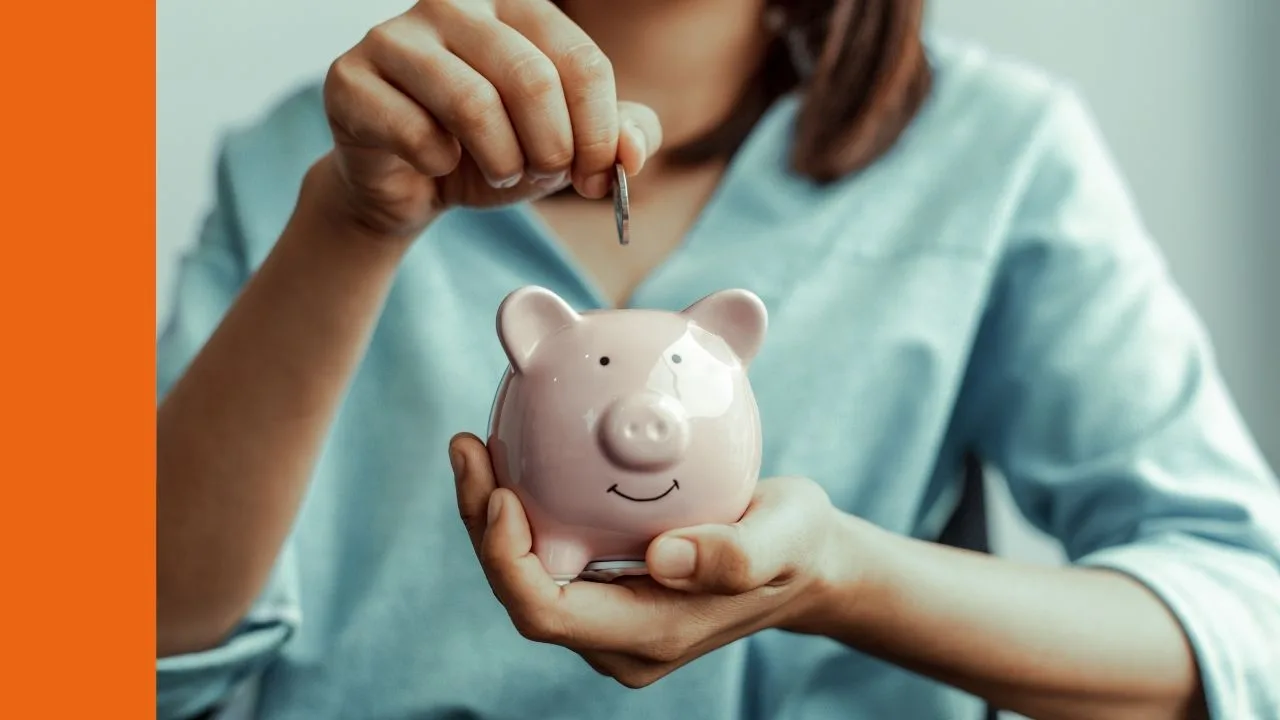The Westpac Banking Corp (ASX: WBC) share price is under the spotlight after the big four ASX bank announced its FY22 half-year report.
This half-year result was for the six months to 31 March 2022.
Westpac HY22 report
Westpac reported a mixed set of results to the market. It reported two sets of numbers – comparing HY22 to the first half of FY21 and the second half of FY21. In other words, it showed its year on year and half-on-half comparisons.
Compared to the first half of FY21, this result showed:
- Statutory net profit after tax was down 5% to $3.28 billion
- Cash earnings fell 12% to $3.1 billion
- Revenue fell 8%
- Costs down 10%
However, compared to the FY21 second half:
- Statutory net profit up 63% to $3.28
- Cash earnings jumped 71% to $3.1 billion
- Revenue down 3%
- Costs went down 27%
‘Core earnings’ excluding notables increased 6% compared to the second half of FY21 as the reduction in costs more than offset the lower revenue.
What happened?
Westpac acknowledged that its lending margins declined because of a competitive market and the low loan interest rate environment.
In the consumer business, its profit was $1.65 billion, down 15% year on year and down 8% half on half. Its consumer business saw competition and more fixed-rate lending (which had a lower margin), as well as lower card and personal loan balances. Operating expenses were reduced because of increasing digital usage and a reduction in network costs.
The business segment generated $239 million of profit – down around 55%. Aside from competition, it also saw a $265 million turnaround in impairment charges (from a benefit last year, to a charge this year).
The institutional bank saw net profit of $306 million. This was up 3% year and year and significantly up half on half. Lending rose 17%, while expenses were down 19%. There was also a better ‘markets’ performance.
Westpac New Zealand generated NZ$635 million of cash earnings – this was up 9% year on year and 48% half on half, thanks to the profit on the sale of Westpac NZ Life. Excluding notable items, cash earnings decreased by 15%, mainly from a lower impairment benefit.
‘Specialist businesses’ saw a net profit of $132 million. This was up 13% year on year and 193% half on half. This was due to businesses sold. Excluding notable items, cash earnings were 41% lower.
Net interest margin (NIM)
Westpac reported its NIM, a key profitability metric demonstrating the profit a bank is making on its loans, comparing the lending revenue margin to the cost of the lending (such as savings accounts). The NIM declined from 1.99% in the second half of FY21 to 1.85% in the first half of FY22.
Westpac dividend
The big four ASX bank’s board declared an interim dividend of $0.61 per share. That was a slight increase from the $0.60 per share dividend in the second half of FY21 and $0.58 in the first half of FY21.
That means the 12-month dividend yield, including franking credits, will be 7.25% at the current Westpac share price.
Costs
A key target for the business is reducing its cost base to $8 billion by FY24. As mentioned, its costs decreased 27% over the half, or 10% excluding ‘notable’ items.
Outlook for Westpac and the share price
Westpac has not performed as well as the other big four ASX banks since the start of COVID-19 in 2020.
The bank is focused on improving things where it can, such as exiting businesses, reducing costs, and enhancing capabilities for the customer (such as digitally).
I’m not sure if Westpac’s NIM will improve as much as some people are hoping as interest rates increase. Competition remains a drag on the NIM performance. Loans are not unique products that can’t be offered by competitors willing to accept a lower margin.
There are other ASX dividend shares I’d rather focus on.







